Winter is coming, and your garden needs to be ready. You’re looking for hardy garden ideas that can survive the cold weather. This means you’ll need to choose plants that can handle frost and snow.
You’ll want to pick trees that won’t break in the wind and groundcovers that won’t die in the cold. Frost-resistant trees and snow-tolerant groundcovers are a great start. By choosing the right plants, you can create a beautiful garden that will thrive even in the coldest winter.
Winter Wonderland Landscape Design

Winter Wonderland Landscape Design transforms your outdoor space into a magical haven during the cold months. Incorporate snow-friendly plants, twinkling lights, and frost-resistant decor to create a serene ambiance. Evergreen trees, frosty fountains, and snow-covered pathways evoke a sense of wonder, making your winter garden a breathtaking retreat.
Hardy Evergreen Shrubs for Year-Round Color

Hardy evergreen shrubs provide year-round color and texture to gardens, even in harsh weather conditions. They come in a variety of shapes, sizes, and foliage colors, from bright green to purple and gold. Popular varieties include boxwood, holly, and rhododendron, which add depth and interest to landscapes throughout the seasons.
Snow-Tolerant Groundcovers for Cold Climates
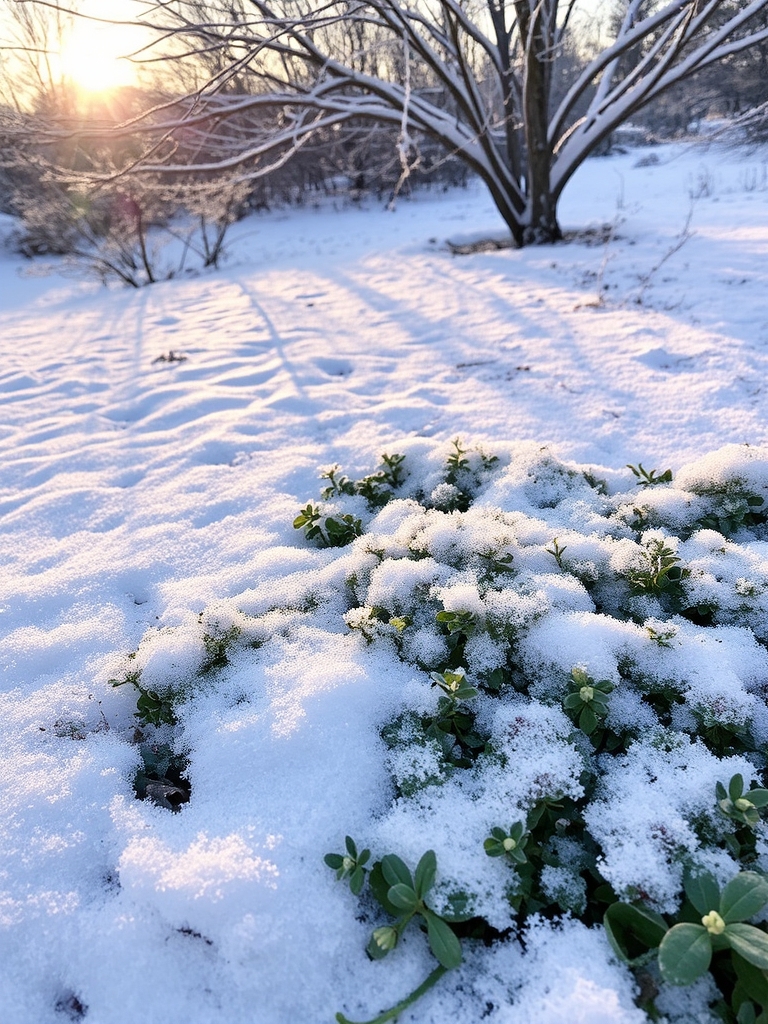
Snow-tolerant groundcovers thrive in cold climates, providing year-round interest. Options like creeping thyme, vinca minor, and sweet woodruff offer durable, low-maintenance solutions for areas with harsh winters, suppressing weeds and erosion while adding texture and color to the landscape. These groundcovers can withstand heavy snow and freezing temperatures, making them ideal for northern gardens.
Winter-Blooming Flowers to Brighten Up Your Garden

Winter-blooming flowers like snowdrops, winter aconite, and hellebores add vibrant colors to gardens during the cold months. These hardy plants thrive in frosty conditions, providing a welcome splash of color when other plants are dormant. They are perfect for adding interest to winter gardens and attracting early pollinators.
Drought-Tolerant Plants for Dry Winter Months

Drought-tolerant plants are ideal for dry winter months. Consider succulents like aloe and agave, or plants with deep roots like yarrow and coneflower. These hardy options can survive with minimal watering, making them perfect for areas with low winter rainfall or water restrictions, and will thrive in dry conditions.
Frost-Resistant Trees for a Lush Winter Garden
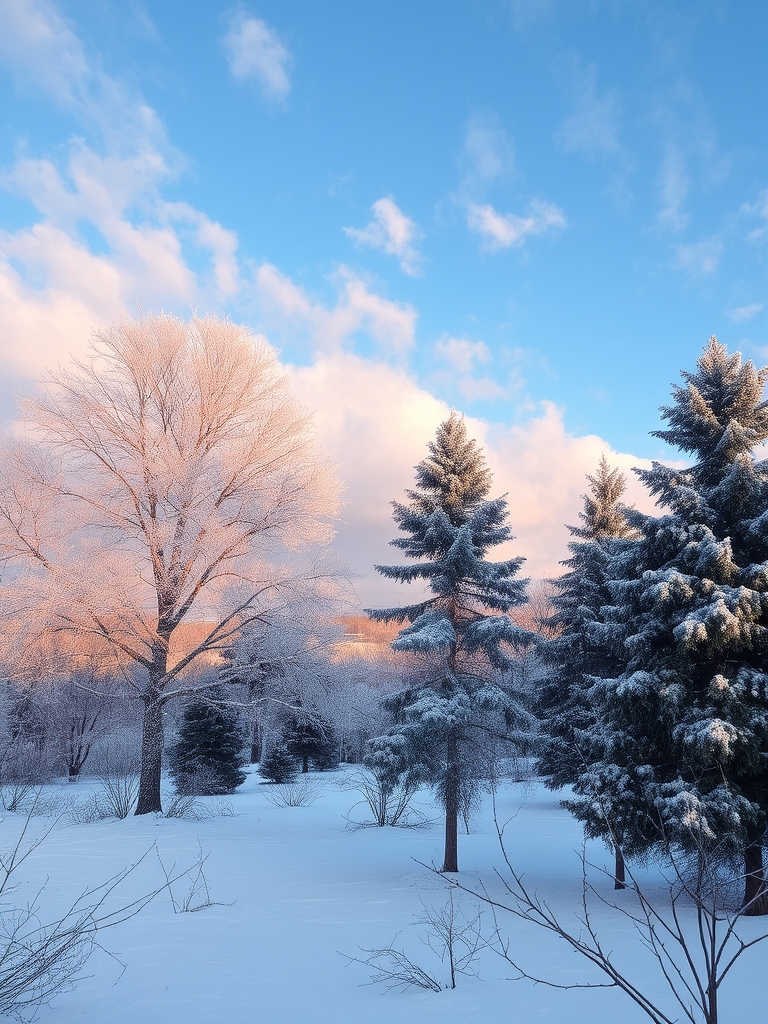
Frost-resistant trees like Himalayan birch and paperbark maple thrive in winter, adding structure and visual interest to a garden. Their stunning bark and evergreen foliage create a beautiful backdrop for snow-covered landscapes, ensuring a lush and vibrant winter garden. These trees can withstand harsh weather conditions, making them ideal for colder climates.
Cold-Hardy Succulents for Low-Maintenance Beauty

Cold-hardy succulents offer low-maintenance beauty, thriving in harsh winter conditions with minimal care. They come in a variety of shapes, sizes, and colors, adding visual interest to gardens. These succulents can withstand frost and snow, making them ideal for areas with freezing temperatures, providing year-round beauty with minimal upkeep.
Protecting Your Garden From Harsh Winter Winds
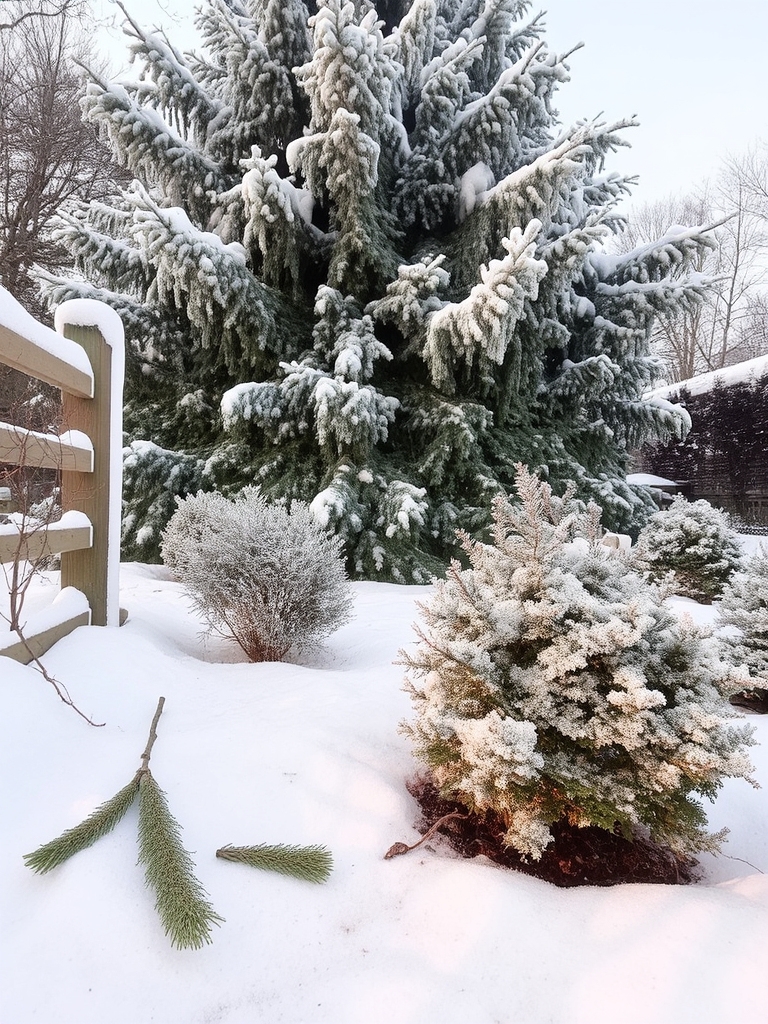
Protecting your garden from harsh winter winds is vital to prevent damage. Use natural or man-made shields like snow fencing, burlap, or evergreen boughs to block winds. Plant wind-tolerant species and guarantee soil is well-drained to prevent waterlogged soil from freezing and causing root damage. This will help safeguard your garden during the harsh winter months.
Creating a Winter Garden With Ornamental Grasses

Ornamental grasses bring texture and movement to winter gardens, with golden hues and feathery plumes adding visual interest. Choose low-maintenance varieties like pampas grass or fountain grass to create a beautiful, frosty landscape. Their delicate blades sway in the wind, creating a serene atmosphere during the cold winter months, adding depth and beauty to your garden.
Incorporating Berries and Branches for Winter Interest
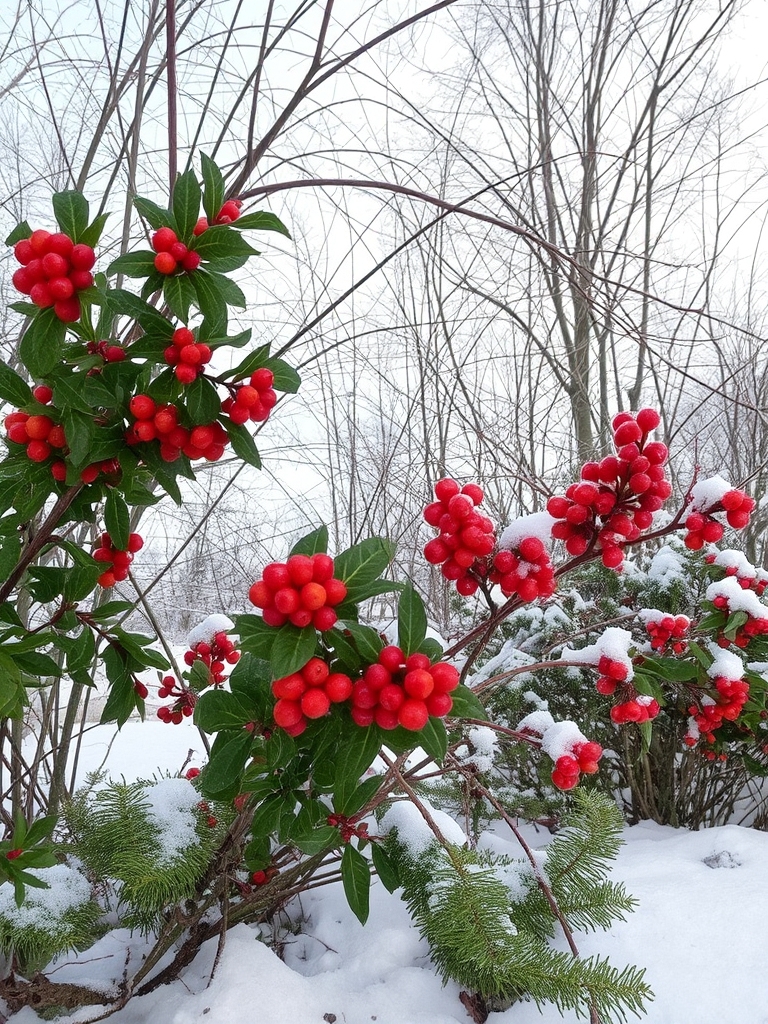
Incorporating berries and branches adds winter interest to a hardy garden. Shrubs like holly and pyracantha produce vibrant berries, while trees with interesting branch patterns, such as dogwood and willow, provide structure and texture. These elements create a visually appealing landscape even in the coldest months, attracting birds and other wildlife.
Designing a Snow-Friendly Garden Pathway
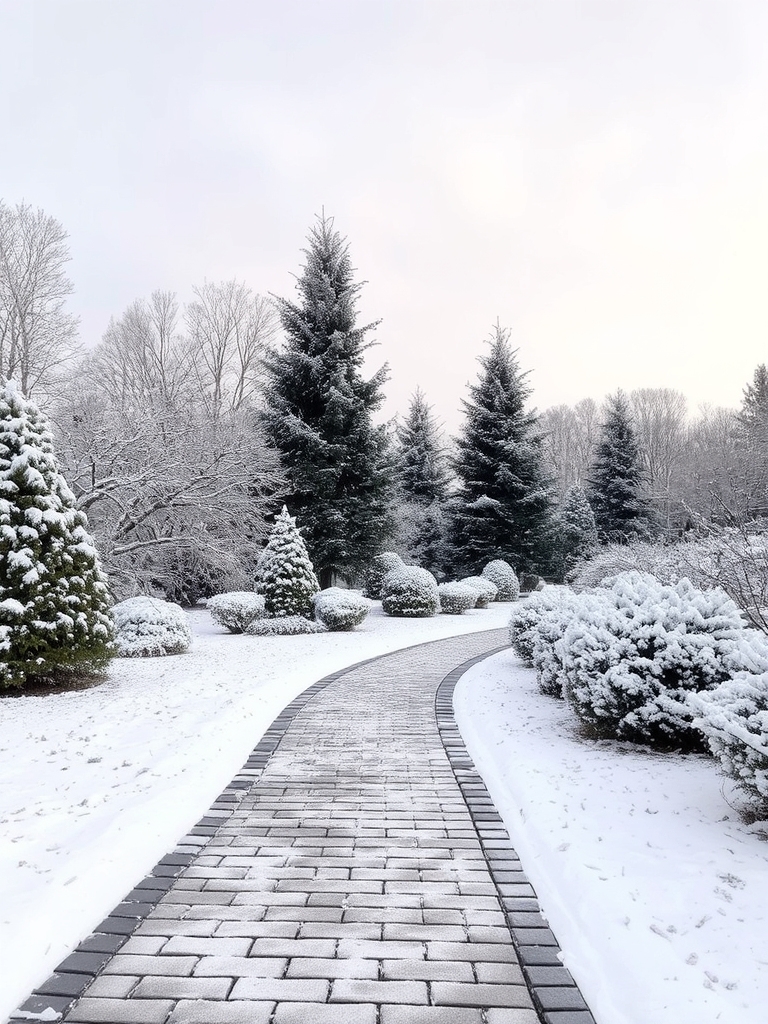
Designing a snow-friendly garden pathway involves choosing materials that can withstand freezing temperatures and heavy snowfall. Consider using permeable pavers, gravel, or brick to allow snowmelt to drain quickly, reducing ice formation and slip hazards. Additionally, incorporate gentle slopes and wide curves to facilitate easy snow removal and winter navigation.
Building a Cold Frame for Extended Growing Seasons
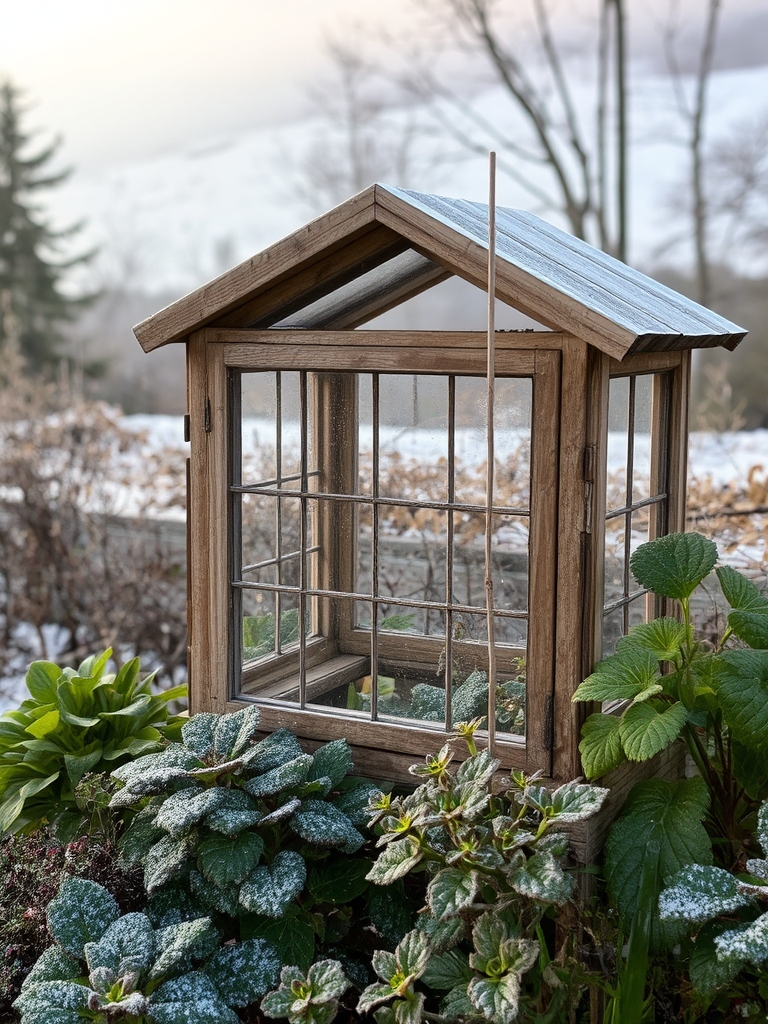
A cold frame extends the growing season by protecting plants from harsh weather. It’s basically a box with a transparent top, trapping heat and regulating temperature. Build one using reclaimed wood and an old window to create a microclimate for sensitive plants, allowing for earlier spring planting and later fall harvesting.
Layering Plants for a Resilient Winter Garden Ecosystem

Layering plants in a garden creates a resilient winter ecosystem by providing insulation, retaining moisture, and suppressing weeds. This technique involves placing smaller plants under larger ones, allowing them to benefit from shade and protection. As a result, the garden becomes more resistant to harsh winter conditions, ensuring a thriving environment for plants to grow and flourish.
Conclusion
You’ve designed a resilient winter garden, but will it survive the harshest months? Incorporating hardy plants, snow-tolerant groundcovers, and protective features, you’re on the right track. But, as the first frost approaches, will your ecosystem thrive, or will it succumb to the cold – only time will tell, and the outcome is entirely up to your design.

